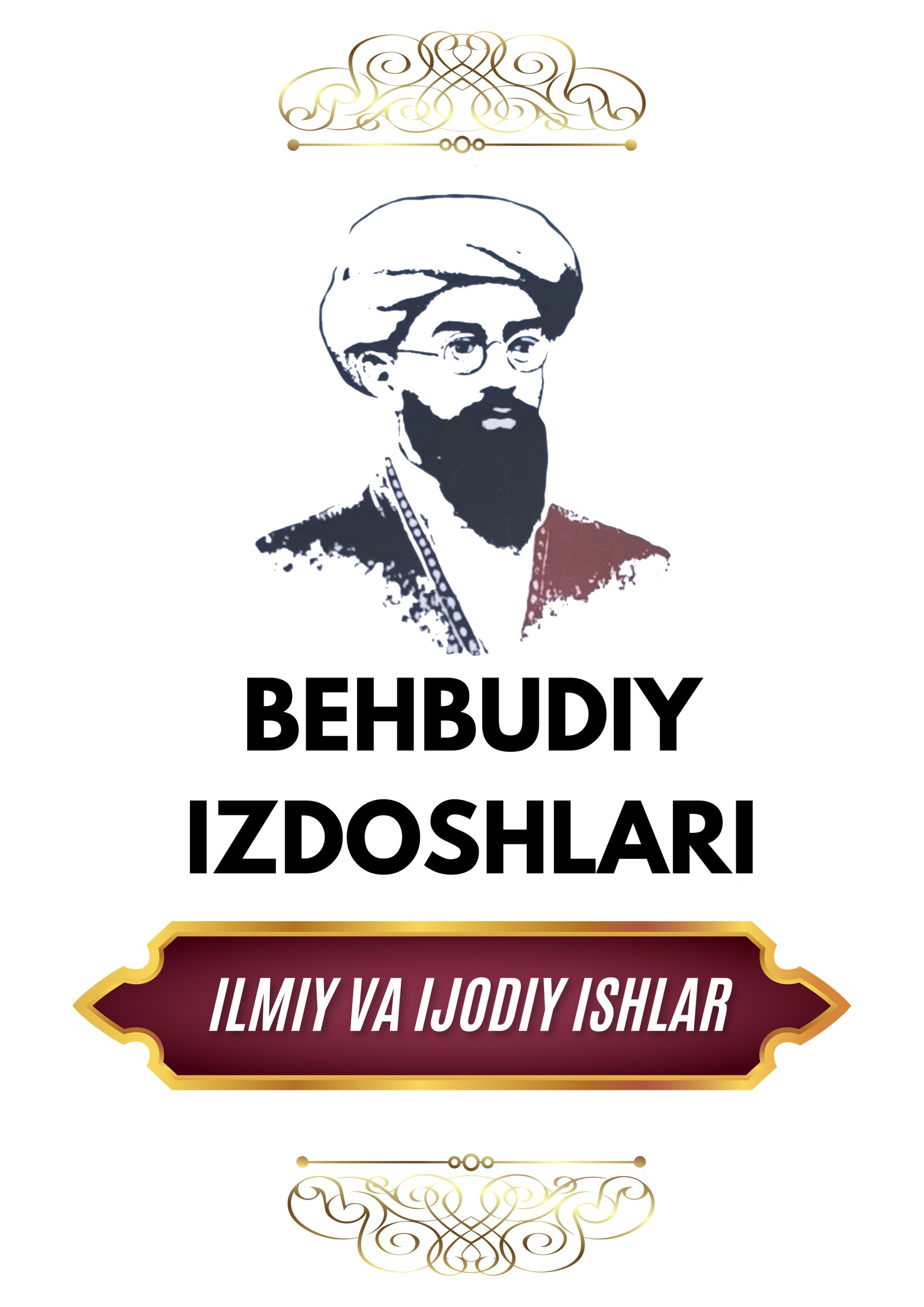Abstract
This paper presents a comparative analysis of idiomatic expressions in English and Uzbek, focusing on their linguistic structures, semantic meanings, and cultural implications. Idioms, as integral components of any language, often convey meanings that go beyond the literal interpretation of individual words. The study explores how idioms reflect national identity, historical context, and cultural values in both languages. By examining selected examples, the research highlights similarities and differences in idiomatic usage, classification, and translation challenges. Special attention is given to the strategies used in translating idioms from English to Uzbek and vice versa. The findings aim to enhance cross-cultural understanding and contribute to the field of comparative linguistics.
References
1. Bozorova, M. U. (2024). A Comparative Analysis of Idiomatic Units in Uzbek and English Languages. International Journal of Trend in Scientific Research and Development (IJTSRD).
2. Kokanova, N., & Jaksulikova, D. (2023). Comparative Analysis of English Idioms and Their Equivalents in the Uzbek Language. Modern Science and Research, 2(7), 107–110.
3. Jalilova, N. D. (2024). Lingual Analysis of Idioms Comparison in Uzbek and English Languages. CyberLeninka.
4. Tursunnazarova, E. T. (2024). Comparative Semantic Study of Phraseological Units in English and Uzbek Languages. CyberLeninka.
5. Naimov, D. M. (2024). Cultural Reflections: Typological Analysis of Idioms in Uzbek and English. In Current Issues of Language Training in a Globalized World, 1(1).
6. Palmer, F. R. (1981). Semantics. Cambridge University Press.
7. Baker, M. (2018). In Other Words: A Coursebook on Translation (3rd ed.). Routledge.
